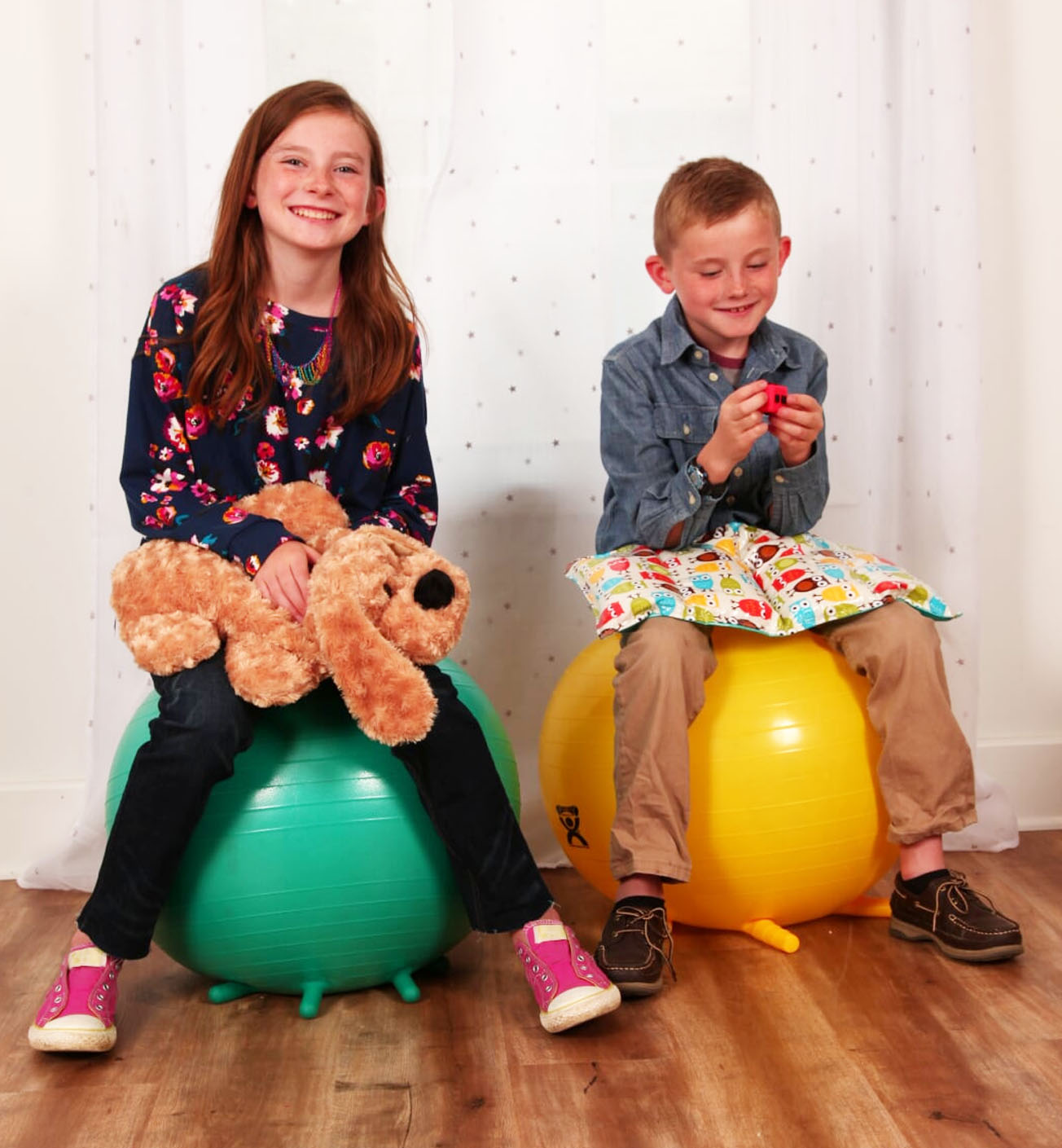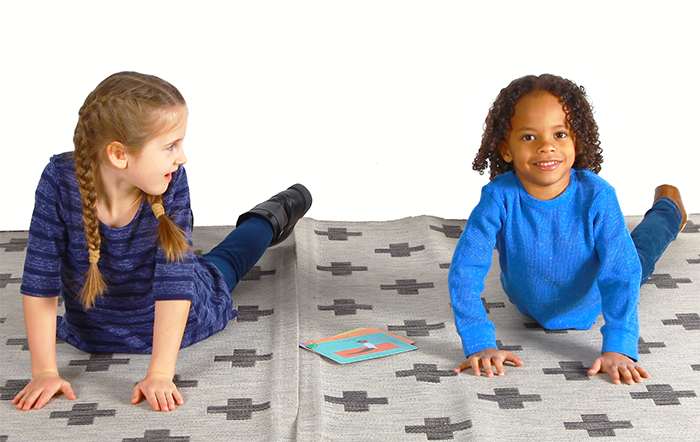As educators and parents, it's important to provide an inclusive learning environment for students to thrive. The concept of sensory-friendly spaces has gained prominence, particularly in the context of universal design.
Creating a sensory-friendly classroom offers benefits that positively impact students and educators. It fosters an inclusive learning environment where all students, regardless of their sensory needs, can feel comfortable and supported, and educators are better able to deliver content in a way that maximizes understanding and engagement. A sensory-friendly classroom also has the added benefit of boosting concentration and reducing stress/anxiety levels for many students. Embracing a sensory-friendly classroom helps promote inclusivity, emotional well-being, and optimal learning outcomes for all students, including those with sensory processing differences, attention challenges, neurodevelopmental differences such as autism, and more.

Here are a few key elements to consider while creating your sensory-friendly classrooms:
-
Flexible Seating and Arrangement: Consider providing options for flexible seating. Not all students thrive in traditional classroom seating; allow students to choose the seating option that suits them best – whether it's seating discs, standing desks, ball chairs, wobble stools, or fidgeting foot bands. This can help students feel more comfortable and increase focus.
-
Calming Corners: Create a designated calming corner within the classroom where students can retreat to if they feel overwhelmed or overstimulated. These zones should include soothing elements like soft lighting, comfortable seating, and sensory tools such as fidget toys or stress balls.

-
Sensory Tools: Introduce a variety of sensory toys and tools to engage students during learning activities. Items like junior earmuffs, weighted blankets, or tactile fidgets can help students to focus and self-regulate.
-
Natural Lighting and Colors: Whenever possible, leverage natural lighting in the classroom and use calming, neutral colors on the walls to create a soothing ambiance. Bright and overly stimulating colors may lead to sensory overload for some students. Classroom Light Filters can also help diffuse the harsh glares of fluorescent lights.
-
Minimize Visual Clutter: Reduce visual clutter in the classroom by organizing materials and resources neatly. Excessive visual stimuli can be distracting for students with sensory sensitivities.
-
Clear Communication and Visual Supports: Use visual aids, like charts, visual time timers, and illustrations, to reinforce verbal instructions. This provides additional support for students who benefit from visual learning.
-
Sensory Breaks: Incorporate regular sensory breaks into the daily schedule, allowing students to engage in calming activities and self-regulation exercises. These breaks can be particularly helpful for students with sensory processing differences. Our Yoga Pretzel Activity Cards are a great way to insert sensory breaks into the school day.

Designing sensory-friendly classrooms is a powerful step toward fostering an inclusive learning environment. By understanding and addressing the diverse sensory needs of students, we can create spaces that enhance learning experiences and promote academic success for every child.
©2023 Therapy Shoppe® Incorporated. All rights reserved.
More articles you might like:
Free Online Resources for SPED Teachers
Accommodations vs. Modifications: Knowing the Difference and Implementing Them Effectively
The Benefits of Noise Dampening Tiles for Sensory Rooms and Classrooms
Using Therapy Balls to Promote Core Strength and Sensory Regulation

